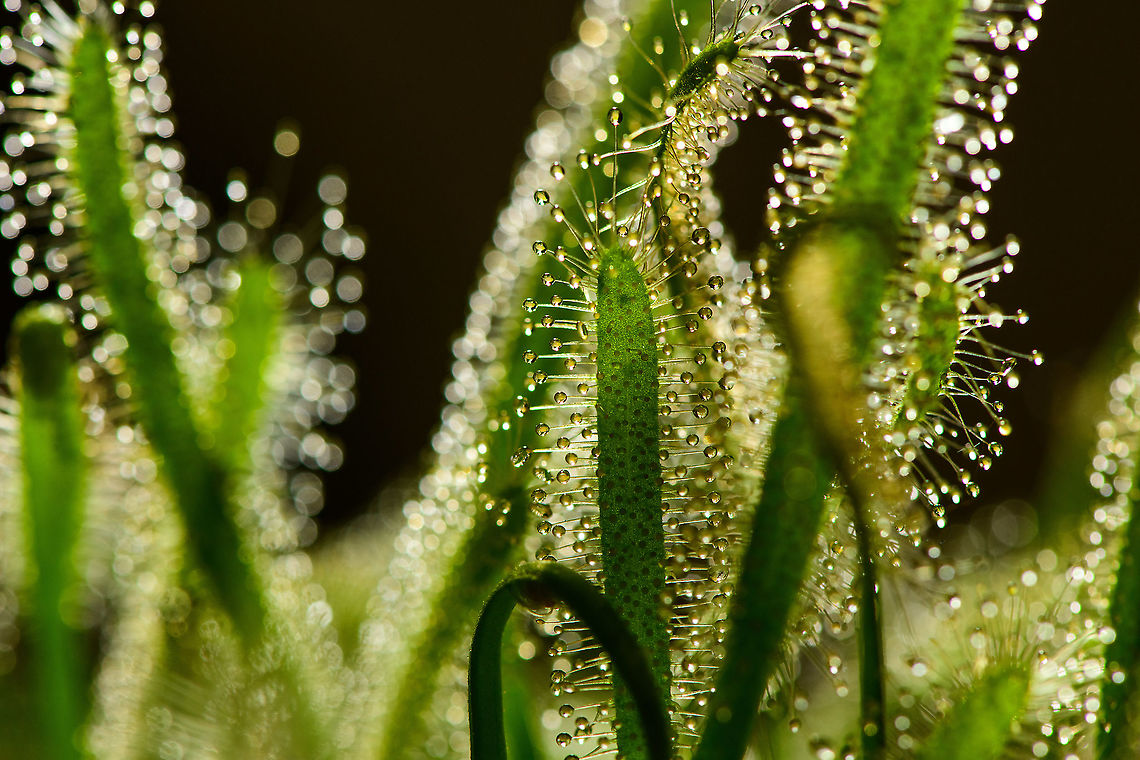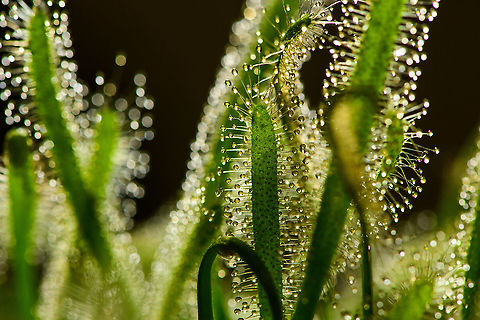 Promoted
Promoted
Cape Sundew recovery, Heesch, Netherlands
This is a single shot 2.5x macro of a Cape Sundew, almost 3 weeks after the initial purchase. In this better state, leafs are upright and new leafs are growing. The plant is doing very well. When subjected to my "care" whilst thriving means it's solid, robust.
The photo also shows the light potential of this subject, it basically consists of thousands of mirrors.

''Drosera capensis'', commonly known as the Cape sundew, is a small rosette-forming carnivorous species of perennial sundew native to the Cape in South Africa. Because of its size, easy to grow nature, and the copious amounts of seed it produces, it has become one of the most common sundews in cultivation.

comments (25)
You could keep the bucket outside permanently, no? My Mom has a rain barrel (it's kind of big though) in her yard -- the rainwater gets in, but no insects can. Then, you can use the water in your garden whenever you need it. Posted 5 years ago
The Cape sundew (Drosera capensis) is a remarkable carnivorous plant! Native to the Cape in South Africa, it flowers in summer, producing up to 50 tiny flowers that are able to self-pollinate.
One of the most intriguing features of this plant is its ability to lure, capture, and digest insects! First, it lures prey with the glistening, beautiful, digestive secretions that cover the sensitive tentacles on the leaves. These secretions visually capture an insect’s attention and also act as a chemical attractant. Insects get stuck in the secretions and the leaf slowly rolls up thanks to a process called thigmotropism, which is a mechanical response to stimuli. Once trapped, the prey gets digested by the plant. Fascinating and ingenious! {Photo credit: JungleDragon founder, Ferdy Christant} #JungleDragon #CapeSundew #Sundew #Droseracapensis
https://www.facebook.com/jungledragonwildlife/ Posted 5 years ago
https://www.jungledragon.com/specie/6722/photos Posted 5 years ago
Posted 5 years ago